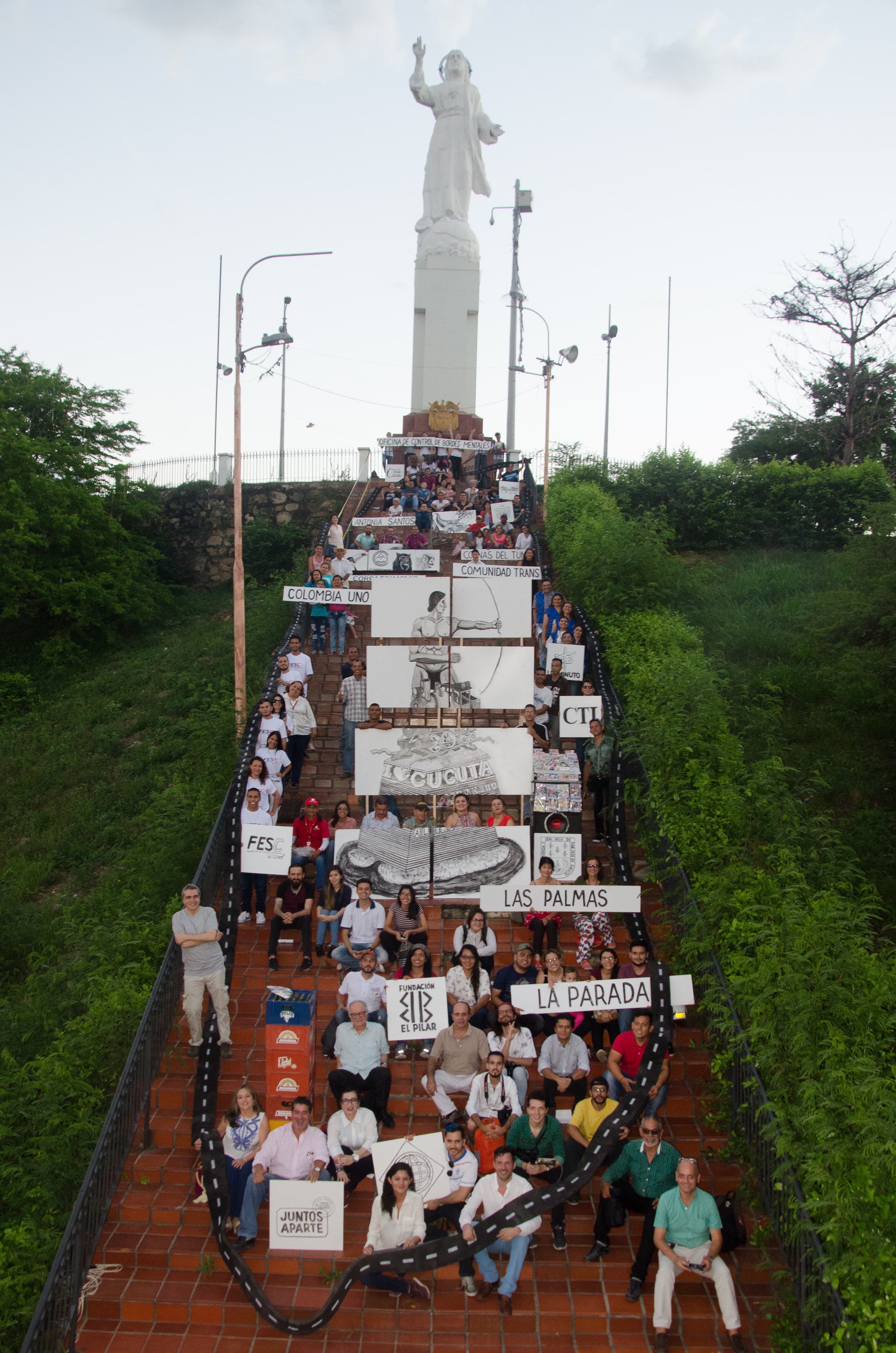JUNTOS APARTE
Km 4956 de BIENALSUR
Enclaved at the vertex of a vast geographic triangle with the Caribbean Sea as the base, the branch of the Venezuelan Andes as one side, and the branch of the Colombian Eastern Cordillera as the other, lies Cúcuta, population one million. Not only is it a natural border, but it also a political and cultural frontier. Where the mountains end, the Zulia River valley begins, shaping the large transnational basin, known as Lake Marcaibo. During the period of Spanish colonialism, the region was converted into the political-administrative limit of what much later would become Colombia and Venezuela, precisely at the centre of the natural, cultural and political area where the first constitution was drafted —The Constitution of Cúcuta or of Gran Colombia— for a nation formed by what are now four countries: Venezuela, Colombia, Panama, and Ecuador.
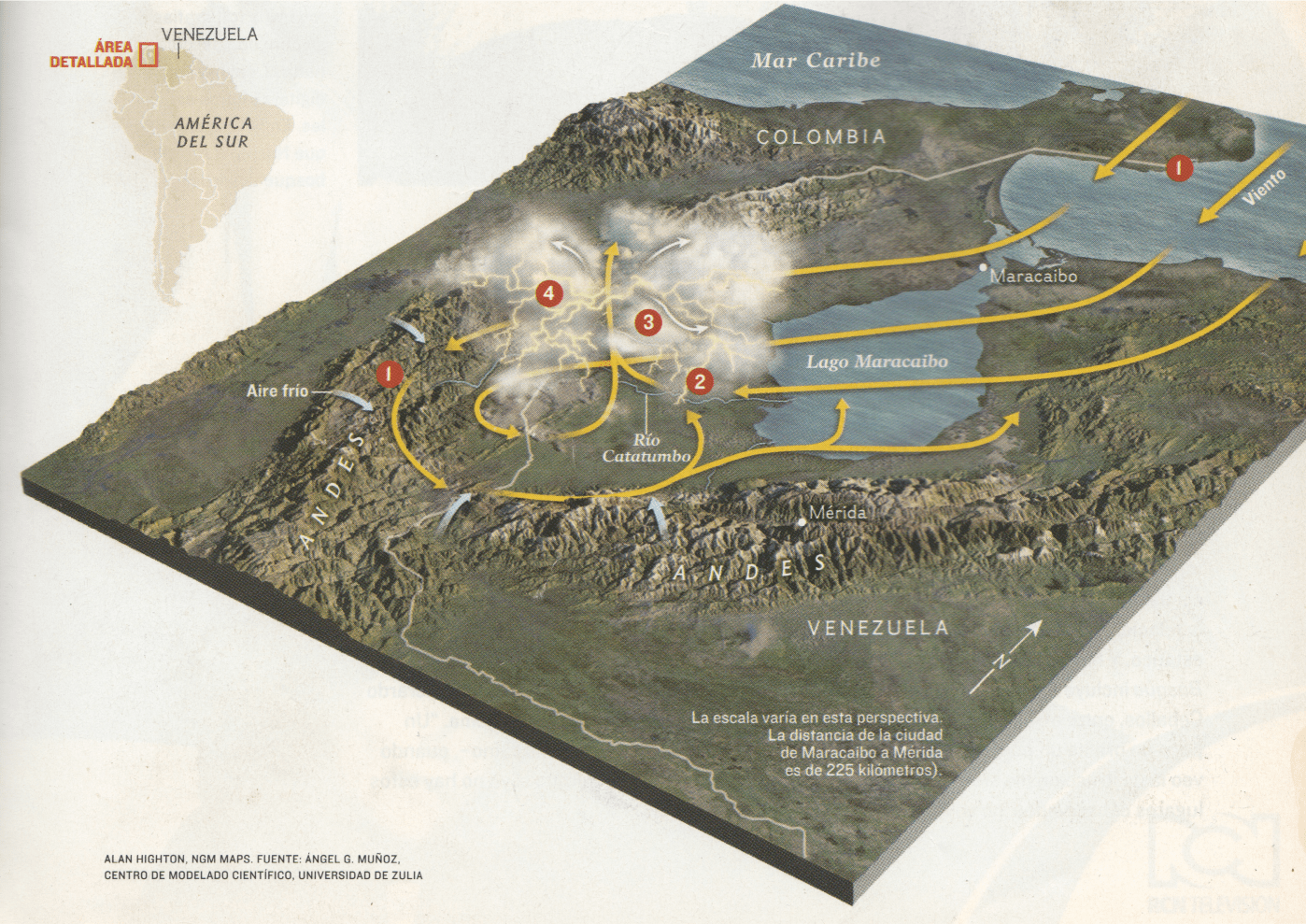
During the nineteenth century, Cúcuta, together with San Cristóbal (Táchira), operated as a commercial agro-exporting port, a doorway to the world and to immigration via the Maracaibo (Zulia) route, in a fertile process of regional integration interrupted only occasionally by the successive civil wars in both countries. During the 1970s and 80s, the time of the petroleum bonanza in what was then known as Saudi Venezuela, migrants from all regions of Colombia contributed to the development of the Venezuelan states of Táchira, Zulia and Mérida. Paradoxically, the discovery of petroleum in the riverbed of Lake Maracaibo (Venezuela) and in the forest of Catatumbo (Colombia) in the first half of the twentieth century aborted the commercial hopes of small local businesses, as border divisions were revived through the traumatic shift in the assessment of nature and culture within the same lived area. After fifty years of crude oil extraction, pollution, and license to kill the ancestral community —Barí—, on the part of the Colombian Petroleum Company, all that remains on the Colombian side is an intersection of paths for smuggling and all of the agents of armed conflict —public forces, guerrillas, paramilitaries— with an licit and illicit economic landscape —narcotraffic, large-scale *bachaqueo, coal mining, African palm plantations— in a spiral of state inattention, poverty, and violence, today exacerbated in the midst of the acute migratory crisis.
*Bachaqueo: illegal activity that consists in reselling the basic subsidised products for which millions of Venezuelans spend hours queuing on a daily basis.
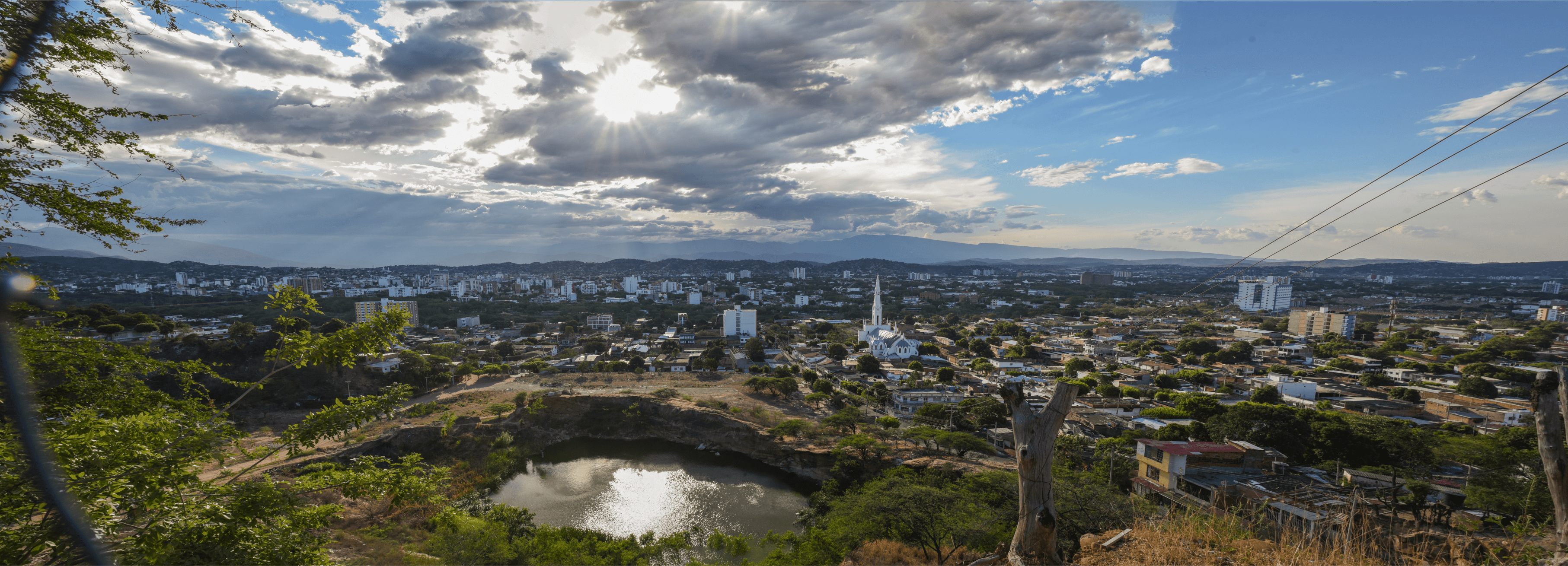
A first symptom of the migratory wave appeared with the unilateral closure of the Venezuelan border in 2015 and the expulsion of at least ten thousand Colombians previously exiled in Venezuela due to the armed conflict in Colombia —this time Venezuelans fleeing to Colombia. This wave, which shows no sign of ebbing, has already reached 4.8 million people pursuing food, medicine, and basic products, across a porous border characterized by a strong transnational bond with its epicentre in Cúcuta. More than a border, since pre-Colombian times, the city has historically been the core of family, cultural, and commercial convergences. Like the neck of an hourglass, the international Simón Bolivar Bridge is the point upon which hundreds of thousands of Venezuelans converge to cross en masse into Cúcuta, or disperse themselves throughout different areas of Colombia, the continent, and the world. A large part of this population remains in the border areas, coming and going, fetching provisions and resources in what is known as “pendular migration”.
If today the area is also a route for the traffic of arms, drugs, contraband goods, and fuel, it is the magnitude of the Venezuelan exodus, comparable only to that of Syria —but here moved by hunger and not by a declared war— that has finally caught global attention in the midst of the current global migratory crisis.
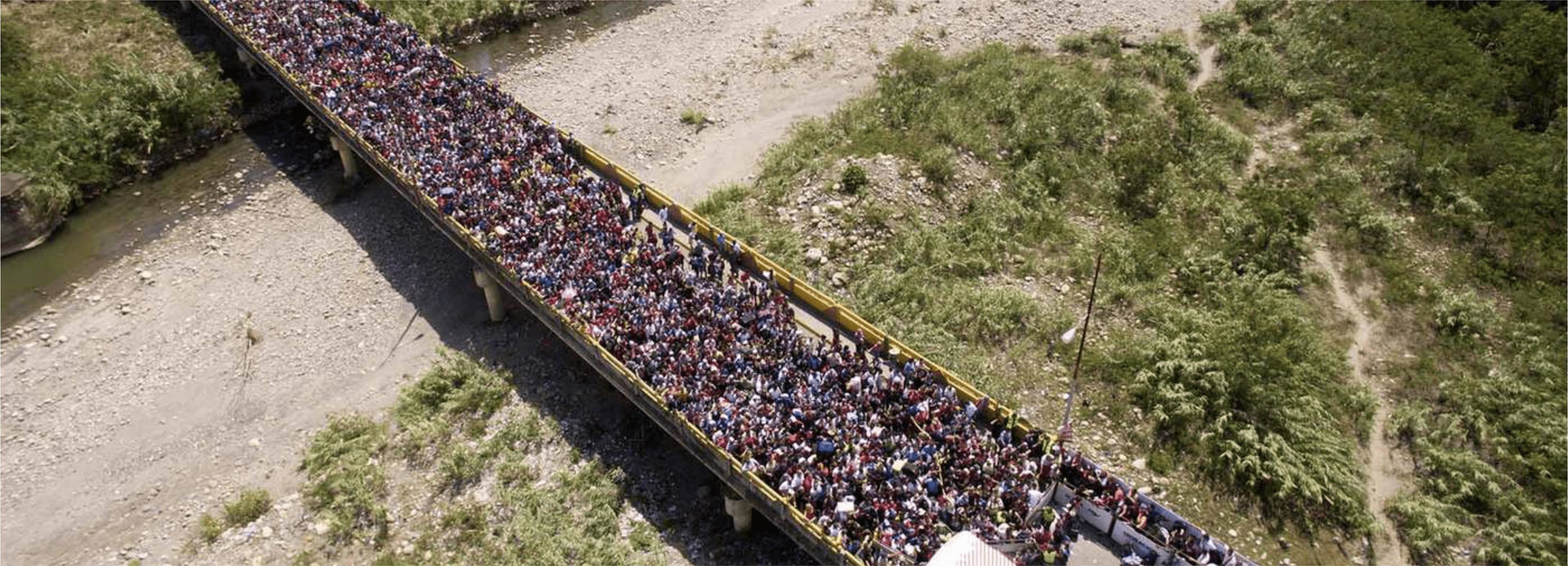
The acceleration and intensification of the processes of globalization in the face of the secular idea of nation-state, has radicalized the positions and actions concerning migratory movements, borders, and security regulations, giving way with rare strength, to the border as a concept and landmark, occupying a central role in public opinion, political and intellectual debates, diplomacy, and artistic production.
JUNTOS APARTE, International Meeting of Art, Thought and Borders, is a civil society initiative with a cosmopolitan character, arising as a response to a severe crisis, with a comprehensive proposal for the development of the cross-border area through art, emphasizing cultural diversity, conditions of peace, and sustainable development within a solid framework of international relations. Beyond attempting to endure the emergency, the city is leading a process of debate and reflection on “being and feeling frontier,” proposing viable global answers with an emphasis on its own identity through a dialogue with the world. Thus, it transforms circumstantial adversity into a global opportunity for the development of social justice and the forging of civil coexistence.
The managing body of JUNTOS APARTE is the Fundación El Pilar, a local non-profit civil society organization, committed to the construction of citizenship and the professional support of arts and culture in the transnational basin of Lake Maracaibo, between Colombia and Venezuela. El Pilar incorporates innovative patterns of cultural management, research and production, offering models aligned with the context, betting on identity, internationalization and territorial production. Since its inception, JUNTOS APARTE has been granted the prestigious Marca País Colombia guarantee —a strategy of the national government and the private sector that searches to positively promote the country abroad. It is the first civic project of the Colombian northeast to achieve this distinction.
JUNTOS APARTE is an event affiliated with the BIENALSUR International Contemporary Art Biennial —organized by the Argentinian public university Universidad Nacional de Tres de Febrero— and operating as a transnational network, which promotes dialogue and trust among populations through art, in over 47 cities in 21 countries. After being selected from an international call with more than 2500 proposals from 78 countries, JUNTOS APARTE was ratified as part of the permanent programme of the BIENALSUR in 2017. Cúcuta was declared “Capital BIENALSUR” together with Buenos Aires in 2019, thanks to the civil and media impact reached by this border initiative.
The programme brings works, debates, and artists to this place which, seen from the global perspective and from the centre of both countries, is a periphery. However, for the cross-border region, it represents one house divided in two by a frontier. It is a unique opportunity to bring art that speaks of margins —and which usually limits itself to circulating in major centres— to the inhabitants immersed in the complexity upon which these works concerning different borders of the world, or of the mind, reflect.
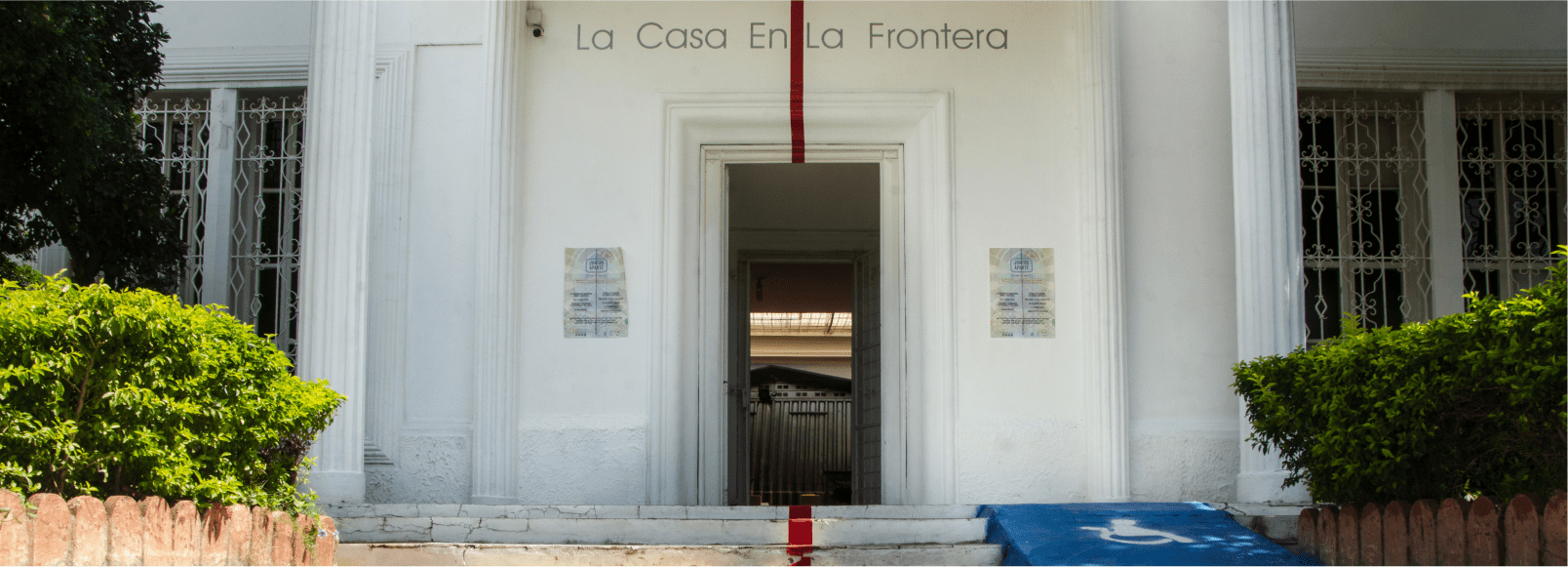
The city as a stage of events offers a circuit through its heritage sites dedicated to culture —Centro Cultural Quinta Teresa, Biblioteca Pública Julio Pérez Ferrero, Casa Museo Torre del Reloj, Museo Norte de Santander y ciudad de Cúcuta— linked to one another to house four group exhibitions that treat four specific concepts or themes, whose ensemble configures a mapping of the notion of border. An audiovisual cycle, a pedagogical programme with workshops and conferences, in situ processes of research and production, and participatory interventions in public space chart the event in distinct points of the metropolitan area of Cúcuta, where artists and thinkers of global reference dialogue with their counterparts from this region who address the border reality.
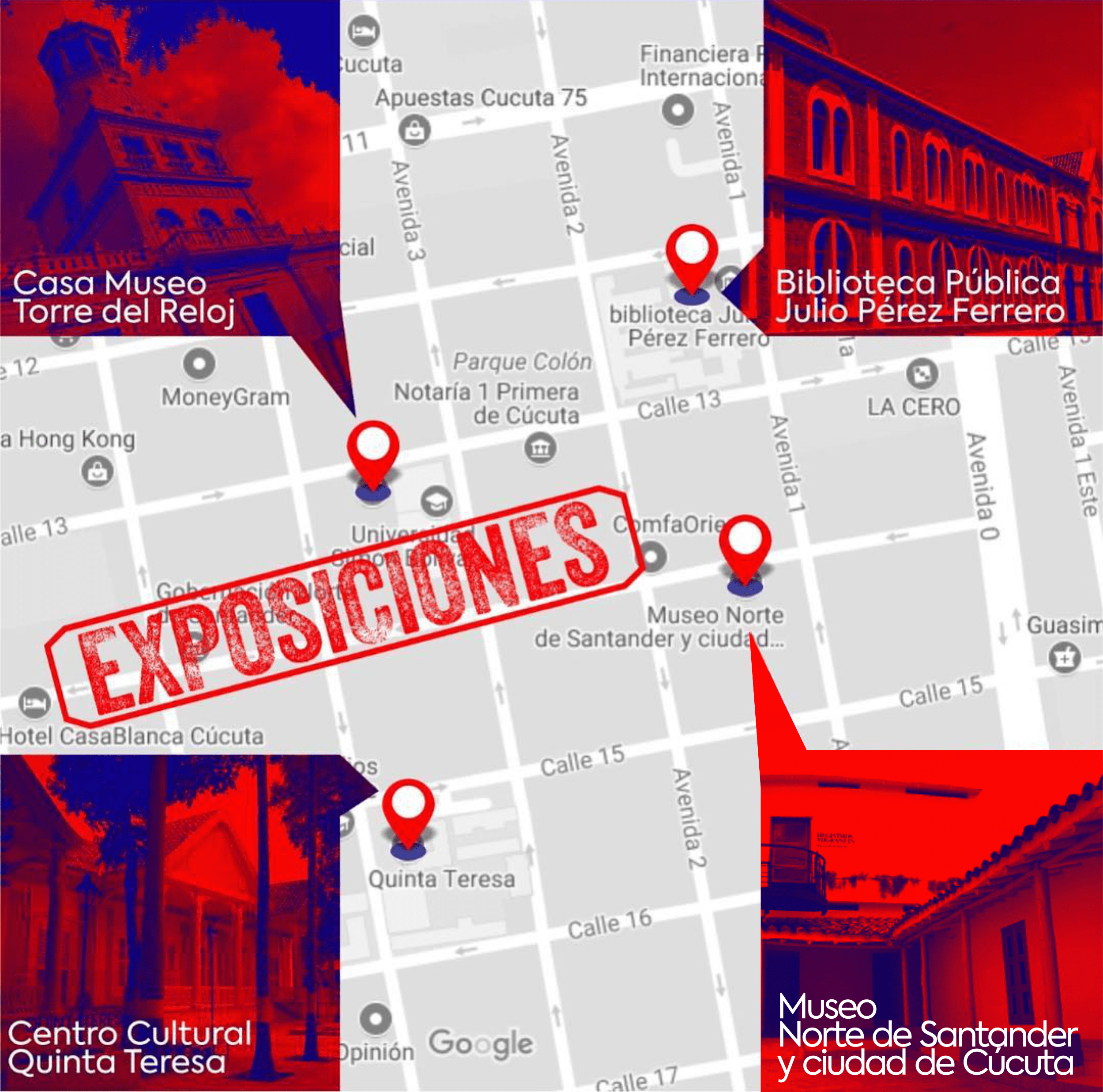
The first edition of JUNTOS APARTE 2017 included 61 artists and thinkers, 36 international participants from 18 countries, 6 national, 24 regional (Norte de Santander and Táchira) and a total of 9027 visitors. Four concepts —migration, restriction, citizenship and mobility— articulated in each exhibition —Estado de excepción (State of Exception), La búsqueda del otro (The Search for the Other), Mi Tierra (My Land) and Vaivén (Back and Forth) and respectively— articulated a crossed reading on the border according to visions from distinct locations around the globe, including the Colombia-Venezuela border.
*List of participating artists in the 2017 exhibition circuits: Adrian Paci (AL), Adrián Preciado (VE), Alexander Apóstol (VE), Angie Jácome (CO), Antonio Caro (CO), Carlos Zerpa (VE), Carmen Ludene (VE), Daniela Ortiz (PE), Francis Alÿs (BE), Gabriel Castillo (CO), Grecia Quintero (CO), Iván Argote (CO), Jaime Martínez “Pekoz” (CO), Jordi Colomer (ES), Los Carpinteros (CU), Marcelo Brodsky (AR), Marcos Ávila Forero (CO/FR), Margarita Pineda (CO), Matteo Guidi and Giuliana Racco (IT/CA), Mauricio Sánchez (CO), MO Colectivo (CO), Noemí Vega (CO), Núria Güell (ES), Orlando Rojas (CO), Óscar Iván Roque (CO), Patricia Gómez and María Jesús González (ES), Pablo Helguera (MX), Raimond Chaves y Gilda Mantilla (CO/PE), Rubén Verdú (VE), Samir Quintero (CO), Slavs and Tatars (PO/IN), Taller El Hueco (CO), Teresa Margolles (MX), Timea Oravecz (HU), Wilmer Useche (CO), Yosman Botero (CO).

A pedagogical programme with the collaboration of Giuliana Racco, distributed across different institutional, educational, and cultural auditoria with conferences and workshops by artists, including Raimond Chaves, Jorge García, Daniela Ortiz, Adrian Paci and Avelino Sala; thinkers such as sociologist Boaventura de Sousa Santos, writers as José Luis Corazón, motivators such as Pedro Medina, publishers like the Spanish Equipo Sublime and International Public Lawyers, such as Angelina Jaffé, former head of the Commission of Border Negotiation with Colombia. The audiovisual cycle included the works of foreign artists (Derzu Campos, Juanli Carrión, Begoña Egurbide, Muntadas, Maria Ruido, Mireia Sallarès), the Colombian Milena Bonilla and regional artists Geovany Arias, Calentado Producciones, Gabriel Castillo and José Rodríguez who, from their perspectives, tackled Euro-Magreb, Mexico-US, US-EU, and Colombia-Venezuela relations.
Standing out for innovation: El hombre bala, an intervention in public space under an awning of the exterior esplanade of the CC Unicentro Cúcuta, where the video One Flew Over The Void (Bala perdida), by the renowned Venezuelan artist, Javier Téllez was projected; La Gran Colombia, participatory-discursive action by trailblazer of Colombian conceptual art, Antonio Caro, involving citizens of the four member countries of Gran Colombia, and La casa en la frontera, an installation-book-video-lecture project by the Cúcuta based Juan Carvajal Franklin, presented at the Universidad Minuto de Dios, located in the republican house that served as the office of the Venezuelan Consulate in Cúcuta during the period of maximum regional integration.

Special mention goes to the projects and processes carried out by Mexican artist Teresa Margolles and Dutch artist and researcher Melle Smets, invited specifically to tackle this reality using their strategies and devices. Margolles’ project is based on field work on the Puente Internacional Simón Bolívar where the artist developed direct relations with individuals and communities living in its vicinities. From there, photographic, video, oral and sound archives were used to produce artefacts saturated with a compelling symbolic charge, in the conceptual line that characterizes her work. Margolles independently continued her process in Cúcuta, while cities such as Rotterdam, Bogotá, Madrid, and Paris have hosted parts of the results. Mental Border Control —MBC—, was a site-specific active laboratory in which Melle Smets, together with Natalia Castillo, and Cúcuta born Dan Gamboa, with the participation of different educational entities in the city, approached the psychic borders that are no less real for being invisible, to map a cartography of mentally closed off sites within the city. The process was divided in three sections —individuals and communities, products and goods, fauna and environment— gauging the pulse of the serious border emergency, giving visibility to limits beyond the territorial: those of socialization, the gaze, the construction and acceptance of stereotypes, and of public space.
The closure of Mental Border Control was also the final act of JUNTOS APARTE 2017, a gathering of the people who made the first edition possible, in what was the last civilian appropriation of the emblematic Monumento a Cristo Rey, just before its restoration. And as the final culmination, renowned Cúcuta rapper and artist Ahiman interceded with a concert, bringing culture at the margins and the resistance represented by hip hop to the fore.
